As its name suggests, Hai Van: sea and clouds, or Ai Van: pass in the clouds, the ancients implied that this pass is located between the sea and the mountains, or that this pass is always covered by clouds. This place name is associated with a popular folk song of the Central Vietnamese people:
Walking is terrible at Hai Van
Boat ride is terrifying tsunami Bat Cave.
In August 2024, after a long period of damage due to war and harsh weather, the Hai Van Quan relic was restored to its original state and opened to visitors for free. This large-scale restoration is the result of a historic handshake between Thua Thien Hue province and Da Nang city, two localities that own the same relic, because Hai Van Quan is located on the administrative boundary of Thua Thien Hue and Da Nang.
The project to restore this relic started in 2021. After 3 years of implementation, the current appearance of Hai Van Quan is a complete complex, with the original state of the gate, the Tru So house (where the border guard officer eats and rests), the Vu Kho house (where weapons are stored), the citadel wall, cannons, side gates, guard towers... bearing the typical architectural features of the Nguyen Dynasty.
Located at an altitude of nearly 500m above sea level, when traveling to Hai Van Quan, visitors will be immersed in the vast sea and sky, feeling like standing in the clouds, on a military architectural work, containing many important historical and cultural values under the monarchy; seeing Lang Co with your own eyes - one of the 30 most beautiful bays in the world, or looking towards Da Nang - a young, dynamic city. And above all, when standing in any direction at Hai Van Quan, you can become a part of a watercolor painting or a masterpiece of nature.
From a geographical perspective, Hai Van is part of the Bach Ma mountain range - one of the "naughty legs of the Truong Son mountain range" jutting out towards the sea. The Bach Ma range is the climatic wall separating the northern and southern Truong Son regions.
Looking for historical documents, from 1306, after the marriage of Huyen Tran, princess of the Tran Dynasty, with Champa king Che Man (Jaya Simhavarman 3), the land of two Chau O and Ly became the southern border of Dai Viet under the name Thuan Hoa.
With its strategic location, a military garrison was built on top of Hai Van early. This location was inherited by the Ho Dynasty, the Later Le Dynasty, and especially the Nguyen Dynasty later. In 1471, King Le Thanh Tong, during a Southern expedition, stopped here to enjoy the scenery, and was impressed by the charming scenery and important location. The king named this place the most majestic pass in the world. During the reign of Lord Nguyen Hoang, in 1602, while examining the terrain of the mountains and rivers, planning to build a solid foundation for his family, he came to Hai Van and saw a high mountain range stretching hundreds of miles across the coast. The Lord praised this place as the land of the Thuan Quang region.
Then he crossed the mountain to examine the terrain, built a citadel in Can Huc commune (now Duy Xuyen district - Quang Nam ), built a warehouse to store food... and assigned the 6th son, Nguyen Phuc Nguyen, to guard it.
After unifying the country from Nam Quan Pass to Ca Mau Cape, King Gia Long built a system of stations on the route across Hai Van Mountain, and appointed officials to guard Hai Van Quan. During the reign of King Minh Mang, in the 7th year of Minh Mang (1826), on an auspicious day and month, the king ordered the construction of Hai Van Quan.
The book Dai Nam Thuc Luc recorded that: Hai Van Gate was built at the top of Hai Van Mountain, with a gate in front and behind. The front shelf had three words Hai Van Quan written on it, the back shelf had six words "Thien ha de nhat hung quan". In the 17th year of Minh Mang (1836), a thousand-mile mirror was granted to look out at the sea, and any foreign ships entering the Da Nang sea gate had to notify this gate in advance. In the same year 1836, when casting the Nine Tripods, the king had the image of Hai Van Quan carved into the Du Dinh - the 8th cauldron placed in front of The Mieu yard - Hue Imperial City.
Heritage Magazine



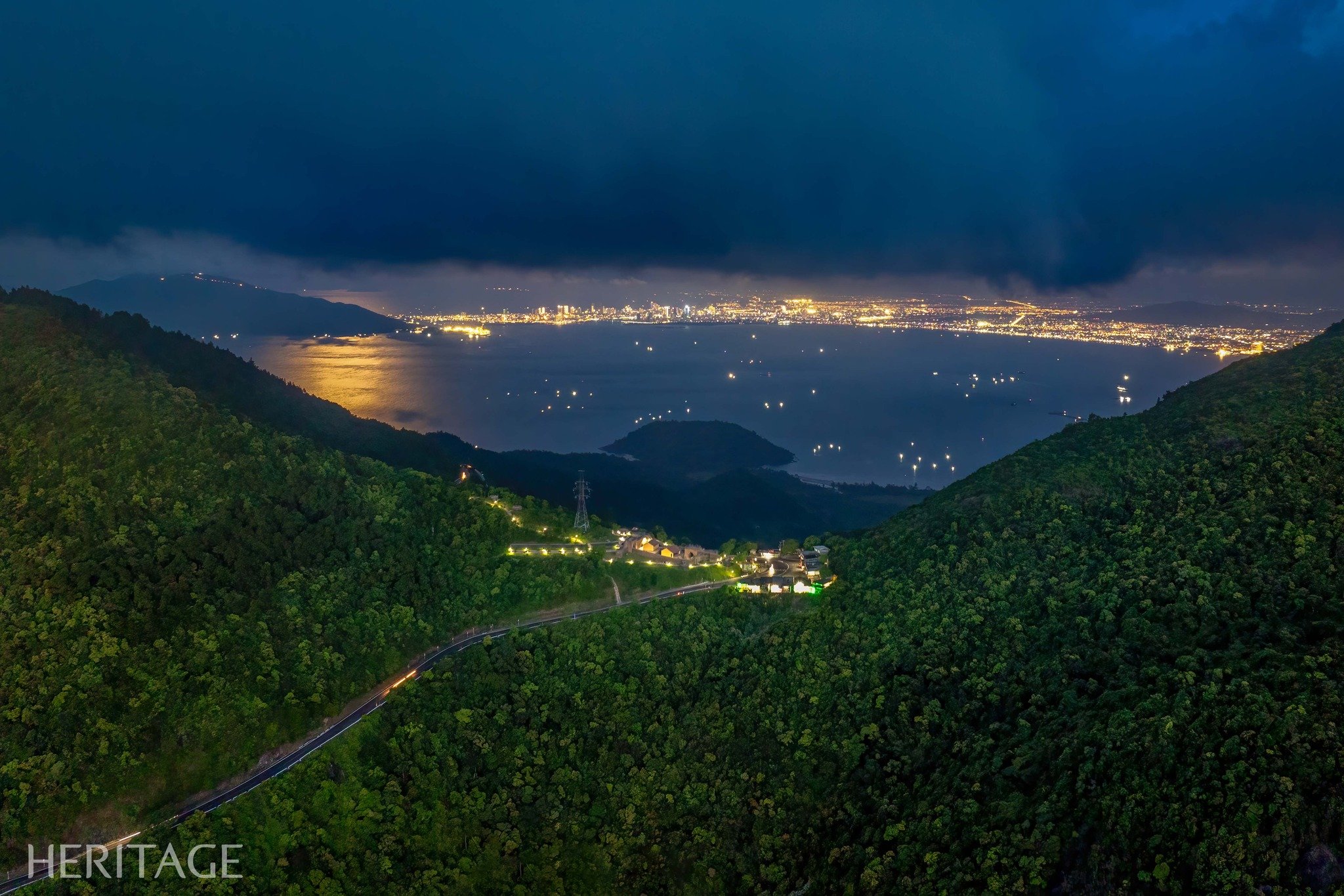
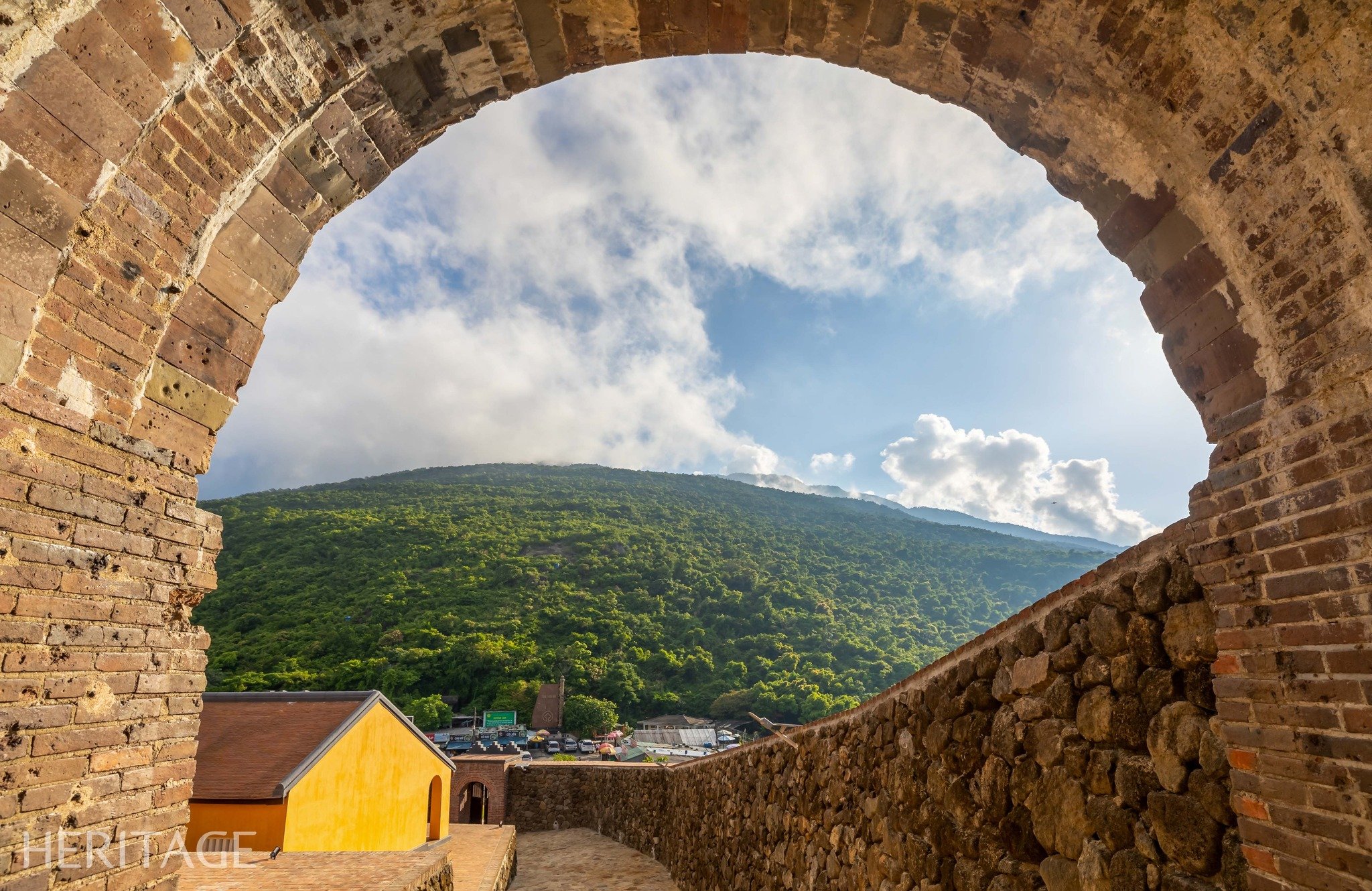
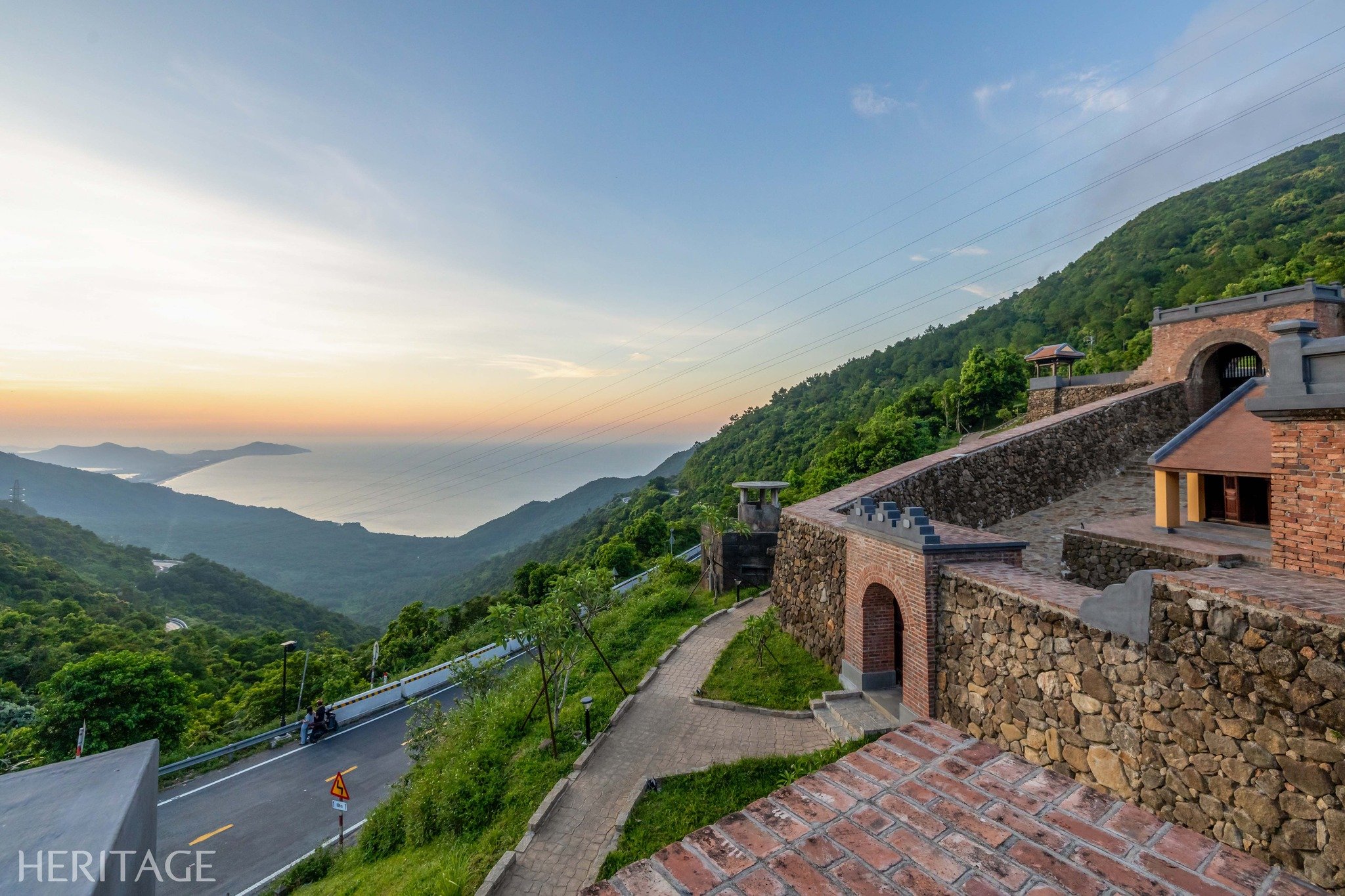
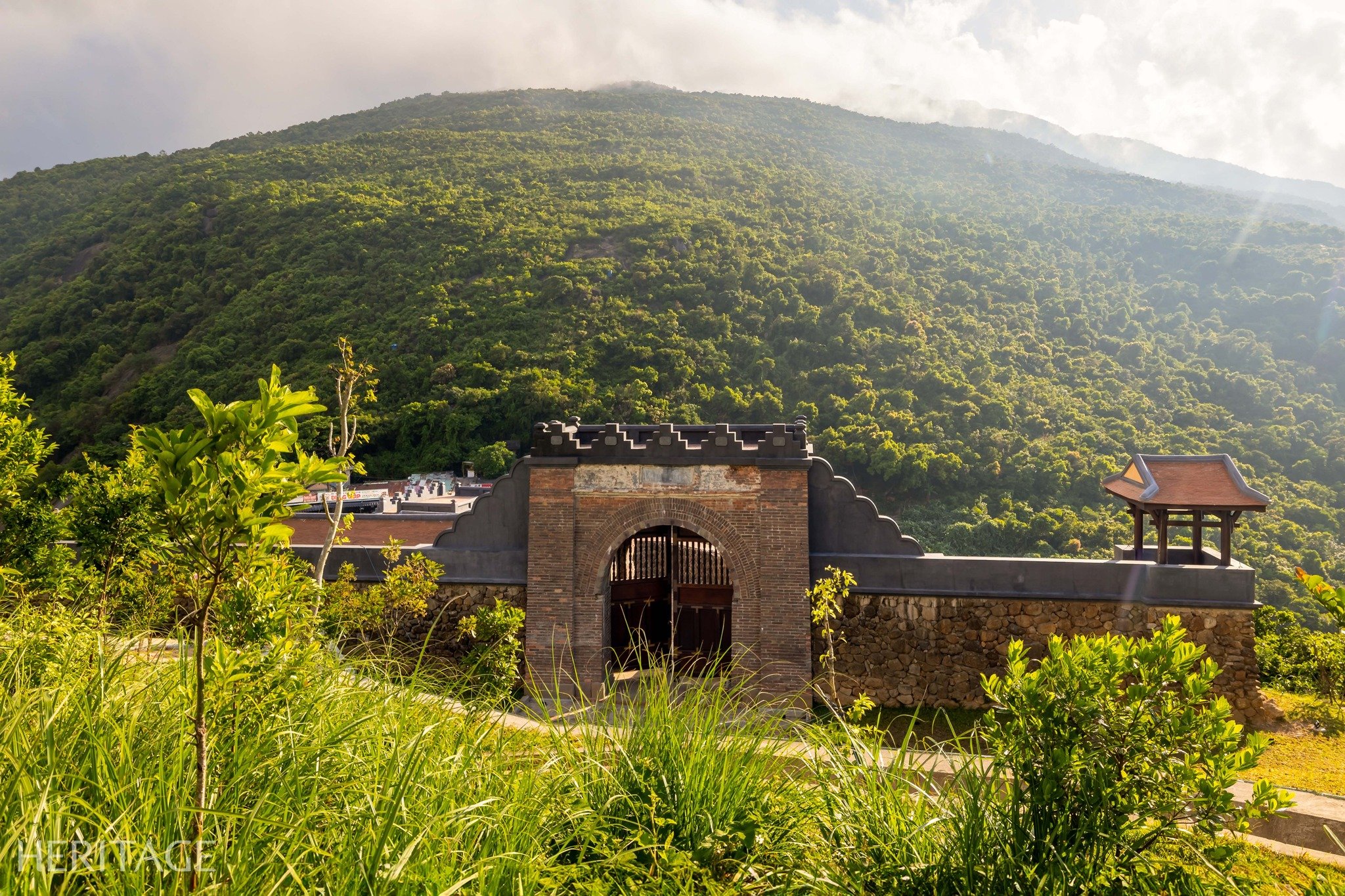
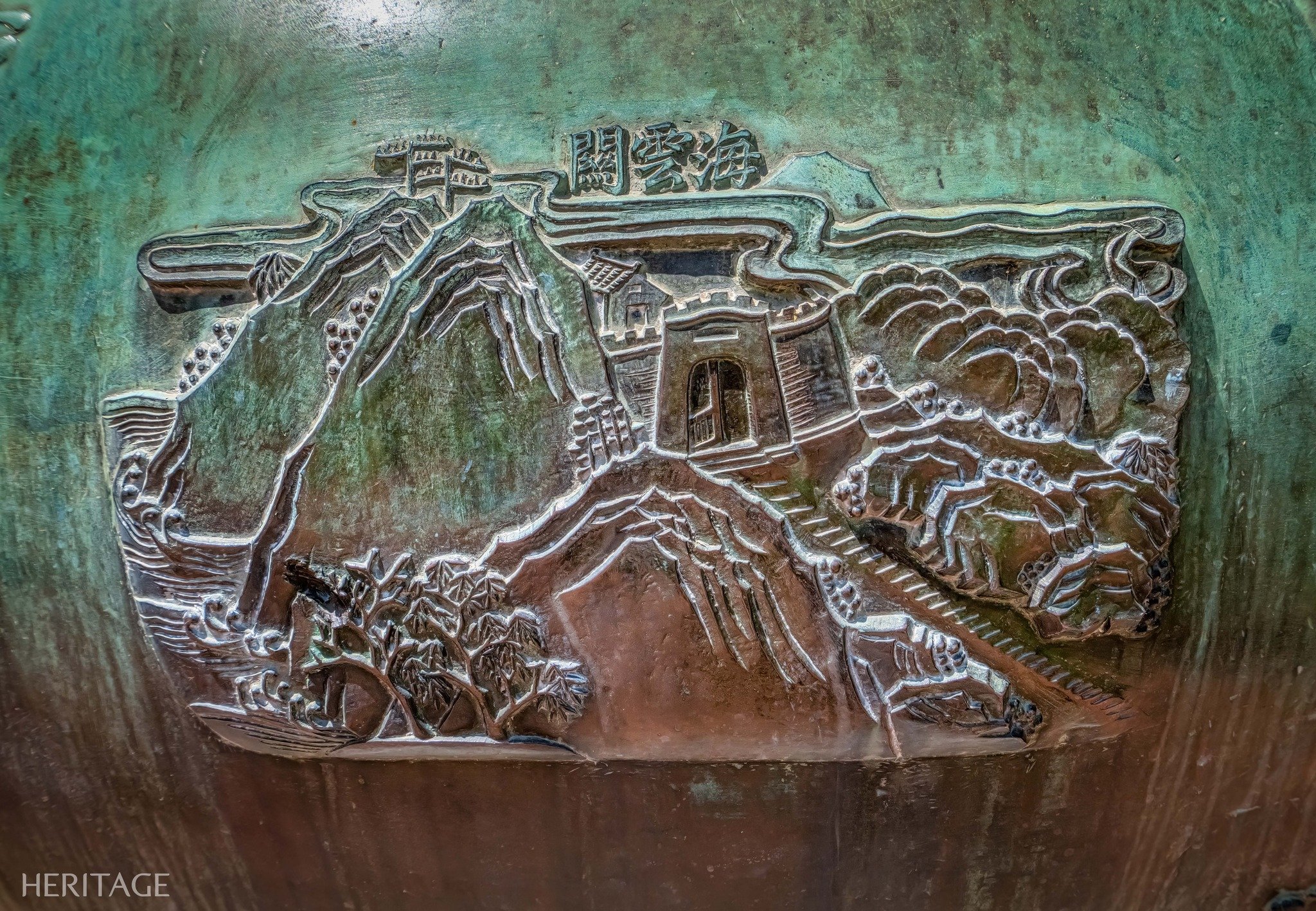
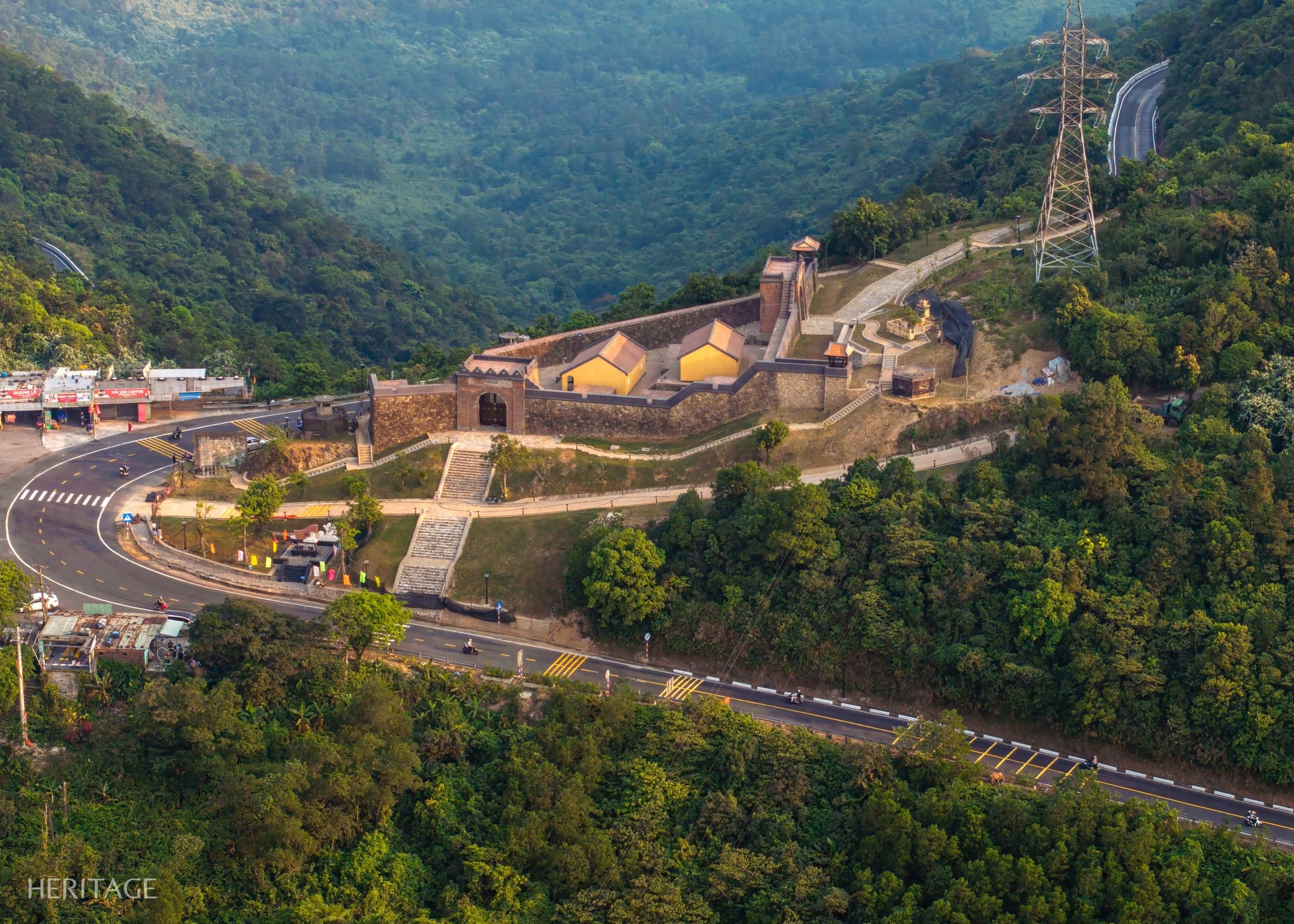
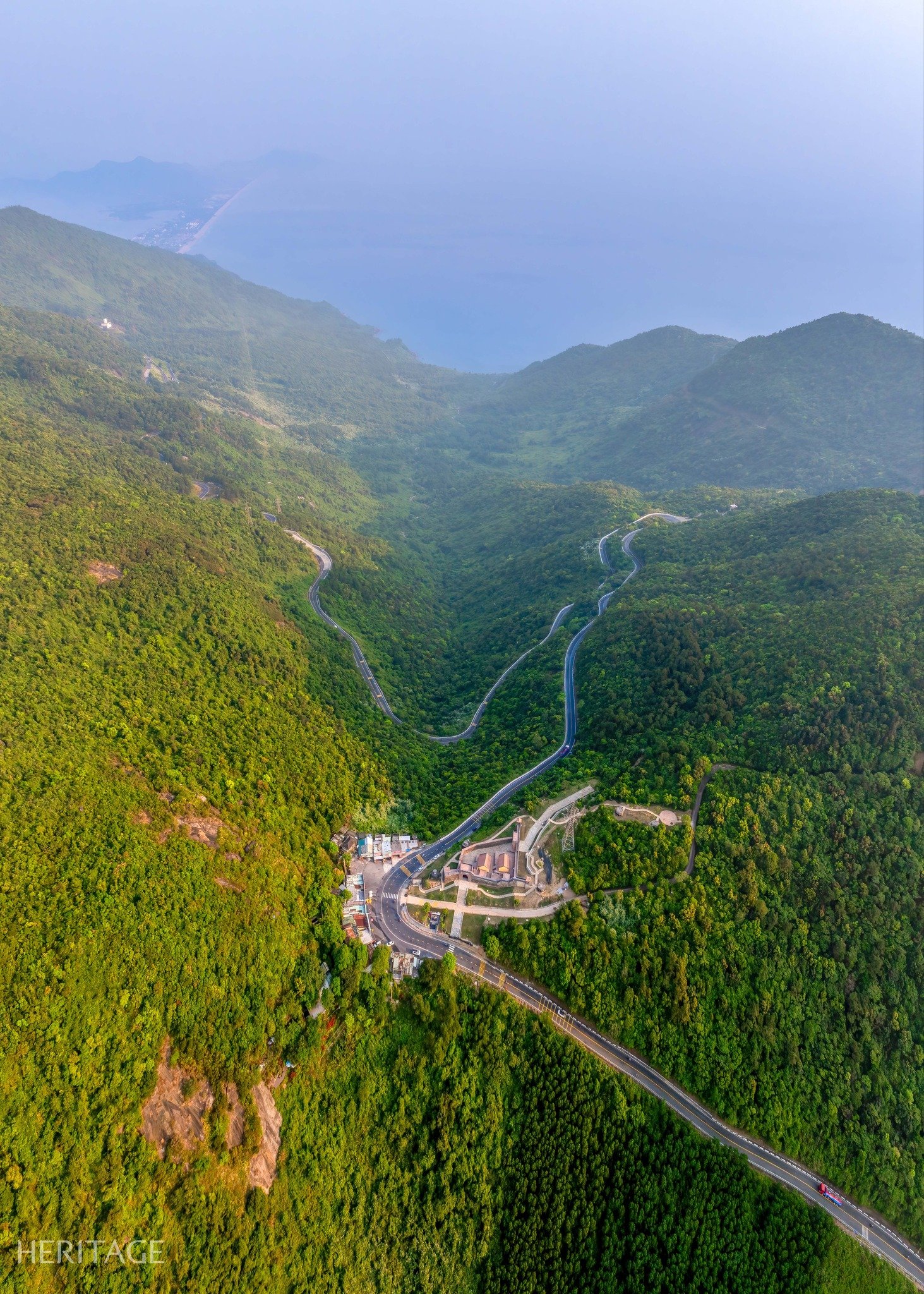
![[Photo] General Secretary To Lam attends the opening ceremony of the National Achievements Exhibition](https://vphoto.vietnam.vn/thumb/1200x675/vietnam/resource/IMAGE/2025/8/28/d371751d37634474bb3d91c6f701be7f)
![[Photo] Politburo works with the Standing Committee of Cao Bang Provincial Party Committee and Hue City Party Committee](https://vphoto.vietnam.vn/thumb/1200x675/vietnam/resource/IMAGE/2025/8/28/fee8a847b1ff45188749eb0299c512b2)
![[Photo] Red flag with yellow star flutters in France on National Day September 2](https://vphoto.vietnam.vn/thumb/1200x675/vietnam/resource/IMAGE/2025/8/28/f6fc12215220488bb859230b86b9cc12)

![[Photo] General Secretary To Lam presents the 45-year Party membership badge to comrade Phan Dinh Trac](https://vphoto.vietnam.vn/thumb/1200x675/vietnam/resource/IMAGE/2025/8/28/e2f08c400e504e38ac694bc6142ac331)
![[Photo] Prime Minister Pham Minh Chinh meets with Speaker of the New Zealand Parliament Gerry Brownlee](https://vphoto.vietnam.vn/thumb/1200x675/vietnam/resource/IMAGE/2025/8/28/cec2630220ec49efbb04030e664995db)
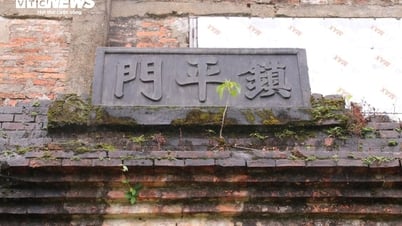

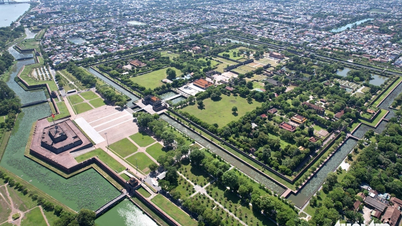





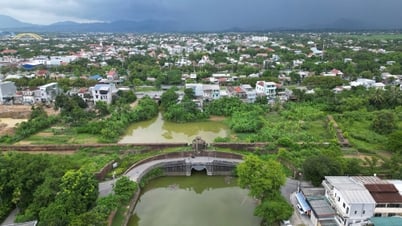


![[Photo] Prime Minister Pham Minh Chinh meets with Speaker of the New Zealand Parliament Gerry Brownlee](https://vphoto.vietnam.vn/thumb/402x226/vietnam/resource/IMAGE/2025/8/28/cec2630220ec49efbb04030e664995db)

![[Photo] General Secretary To Lam presents the 45-year Party membership badge to comrade Phan Dinh Trac](https://vphoto.vietnam.vn/thumb/402x226/vietnam/resource/IMAGE/2025/8/28/e2f08c400e504e38ac694bc6142ac331)
![[Photo] Politburo works with the Standing Committee of Cao Bang Provincial Party Committee and Hue City Party Committee](https://vphoto.vietnam.vn/thumb/402x226/vietnam/resource/IMAGE/2025/8/28/fee8a847b1ff45188749eb0299c512b2)
![[Photo] General Secretary To Lam attends the opening ceremony of the National Achievements Exhibition](https://vphoto.vietnam.vn/thumb/402x226/vietnam/resource/IMAGE/2025/8/28/d371751d37634474bb3d91c6f701be7f)
![[Photo] Parade blocks pass through Hang Khay-Trang Tien during the preliminary rehearsal](https://vphoto.vietnam.vn/thumb/402x226/vietnam/resource/IMAGE/2025/8/27/456962fff72d40269327ac1d01426969)


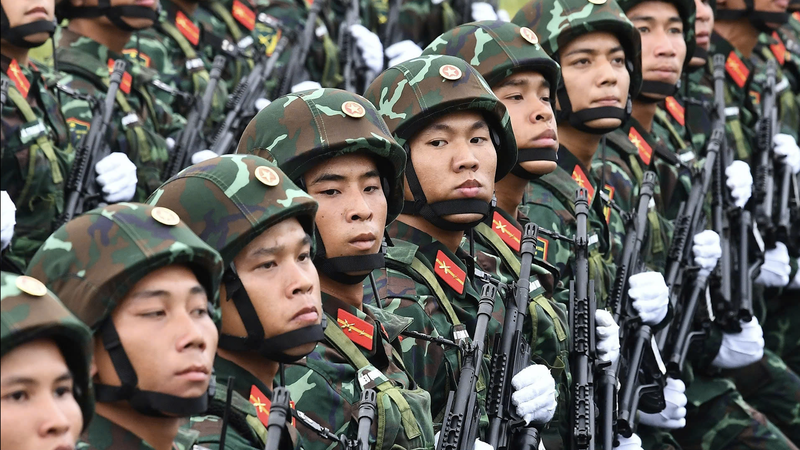



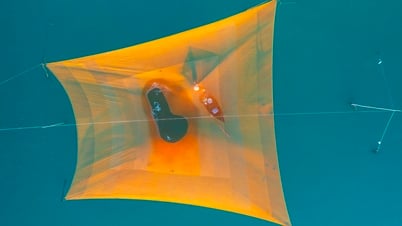

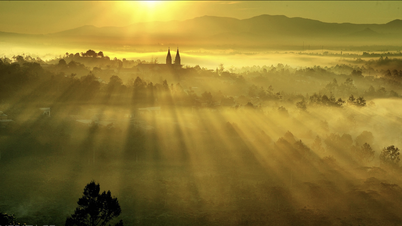
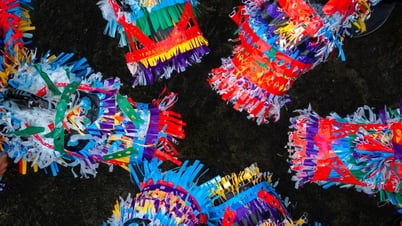
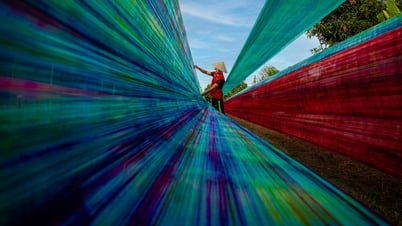
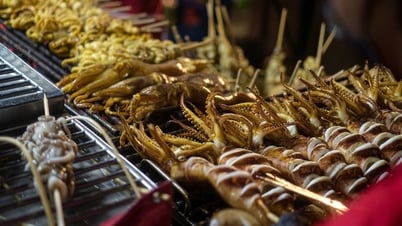
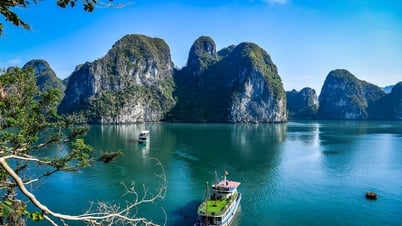
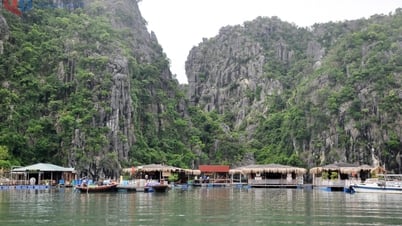

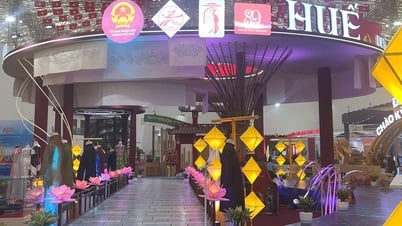

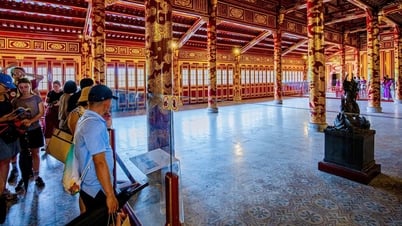
















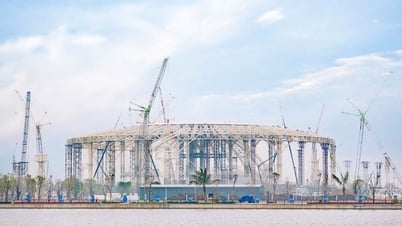

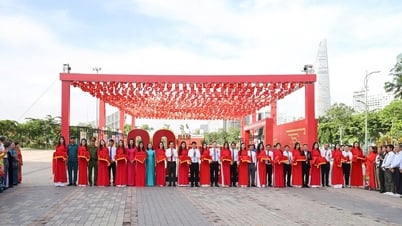
















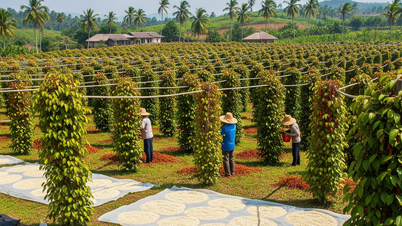

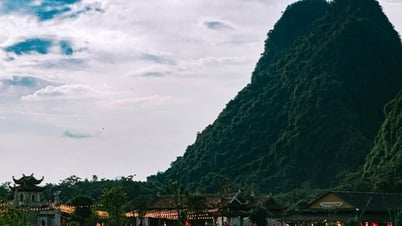

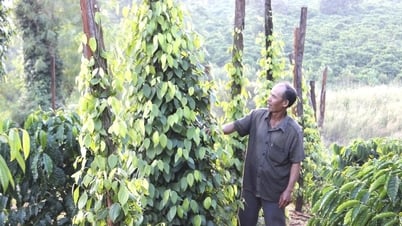





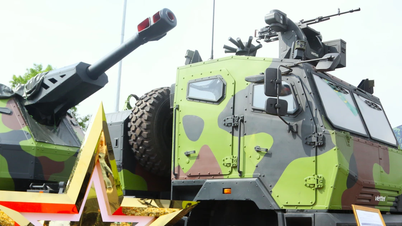












Comment (0)